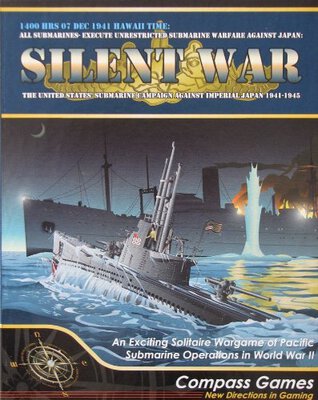


Germany was denied submarines by the terms of the Treaty of Versailles, but built some anyway. In practice, the K class were a constant problem and could not operate effectively with a fleet.īetween the wars, navies experimented with submarine cruisers (France, Surcouf), submarines armed with battleship caliber guns (UK, HMS M1) and submarines capable of carrying small aircraft for reconnaissance ( HMS M2 and Surcouf). To achieve the necessary 20 knots (37 km/h) (surfaced) the K-class submarines were steam powered. During the war, the British invested efforts into developing a submarine that could operate in conjunction with a battleship fleet – the "Fleet Submarine". The British submarine flotilla in the Baltic operated in support of the Russians until the Treaty of Brest-Litovsk. German submarines were used to lay naval mines and to attack iron ore shipping in the Baltic. The sinking of HMS Pathfinder was the first combat victory of a modern submarine, and the exploits of SM U-9, which sank three British cruisers in under an hour, established the submarine as an important new component of naval warfare. American diplomatic pressure forced the Germans to stop this for a while, but in January 1917 Germany declared a war zone around the British Isles and sank up to a quarter of shipping entering it, until escorted convoys were introduced.

Initially, German submarines did attempt to comply with the prize rules, but later switched to unrestricted submarine warfare following the British introduction of Q-ships with concealed deck guns. The German government maintained the British naval blockade was illegal under international law. The German high command realized the resumption of unrestricted submarine warfare meant war with the United States but calculated that American mobilization would be too slow to stop a German victory on the Western Front and played a large role in the United States entering the war in April 1917.Īll participants were supposed to abide by the Hague Conventions of 18, but this was found to be impracticable for submarines. Admiral Henning von Holtzendorff (1853–1919), chief of the admiralty staff, argued successfully in January 1917 to resume the attacks and thus starve the British. German submarine attacks on Allied merchant ships, especially the sinking of Lusitania, turned American public opinion against the Central Powers. Only a few actions occurred outside the wider European-Atlantic theatre. British and Allied submarines conducted widespread operations in the Baltic, North, Mediterranean and Black Seas along with the Atlantic Ocean. Submarine warfare in World War I was primarily a fight between German and Austro-Hungarian U-boats and supply convoys bound for the United Kingdom, France, and Russia.


 0 kommentar(er)
0 kommentar(er)
